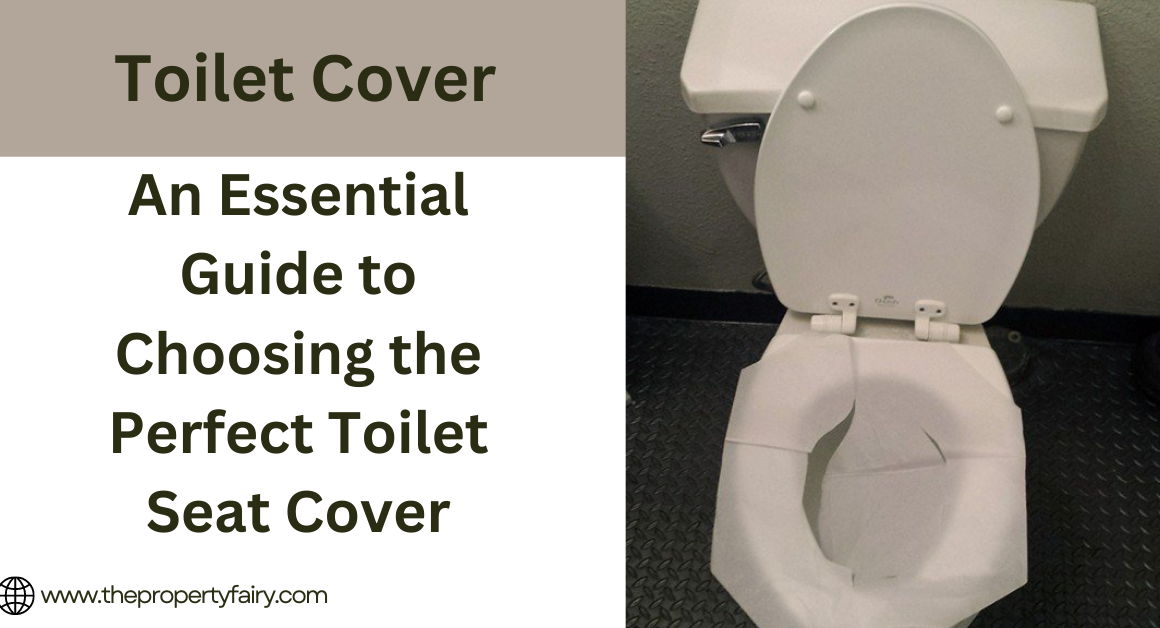Both residential and commercial construction use drywall, also known as gypsum board or plasterboard, to construct walls and ceilings. The surface is smooth and flat since it is made from gypsum, a soft mineral that is dried and pressed between two thick sheets of paper. Drywall is a versatile and affordable option for homeowners and builders alike, and is known for its ease of installation and repair. In this article, we will explore the different types of drywall, the steps involved in installing and finishing it, as well as its advantages and disadvantages.
Definition
The term drywall refers to a construction material used for the construction of walls and ceilings in buildings, also known as gypsum board or wallboard. The panel is made of gypsum plaster sandwiched between two heavy sheets of paper or fiberglass.
History
It was first introduced in the early 20th century as a replacement for plaster and lath construction. Its ease of installation and lower cost made drywall more popular in the 1940s and 1950s. Today, it is the most common material used for interior walls and ceilings.
Composition and Structure
Wallboard consists of a gypsum core sandwiched between two sheets of paper or fiberglass. The gypsum core is made of a mineral called hydrous calcium sulfate, which is heated and dehydrated to create a fine powder. This powder is then mixed with water to form a paste, which is then poured onto the sheets of paper or fiberglass mats to create the panels. Once the panels have dried, they are cut to the desired size and shape for installation.
2. Types
Regular Drywall
It is the most commonly used type, and also known as standard drywall. In addition to being suitable for most interior walls and ceilings, it is available in a variety of thicknesses.
Uses of Regular Drywall
It is suitable for most interior walls and ceilings in residential and commercial buildings.
Thicknesses of Regular Drywall
It is available in thicknesses ranging from 1/4 inch to 3/4 inch, with 1/2 inch being the most commonly used thickness.
Fire-Resistant Drywall
Type X is also known as fire-resistant drywall, is designed to slow the spread of fire in a building. It contains glass fibers and other additives that make it more resistant to fire than regular one.
Uses of Fire-Resistant Drywall
In areas where fire safety is a concern, such as garages, stairways, and furnace rooms, building codes require fire-resistant drywall.
Thicknesses of Fire-Resistant Drywall
It is available in thicknesses ranging from 1/2 inch to 5/8 inch, with 5/8 inch being the most commonly used thickness.
Moisture-Resistant
In addition to being moisture-resistant, moisture-resistant drywall is also known as green board or blue board. It has a water-resistant paper covering that makes it suitable for use in bathrooms and other areas with high humidity.
Uses of Moisture-Resistant Drywall
It s suitable for use in bathrooms, kitchens, and other areas with high humidity.
Thicknesses of Moisture-Resistant Drywall
It is available in thicknesses ranging from 1/2 inch to 5/8 inch, with 1/2 inch being the most commonly used thickness.
Soundproof Drywall
Its purpose is to reduce the amount of sound that travels through walls and ceilings.
Uses of Soundproof Drywall
It is suitable for use in home theaters, music studios, and other areas where sound insulation is desired.
Thicknesses of Soundproof Drywall
It is available in thicknesses ranging from 5/8 inch to 1 inch, with 5/8 inch being the most commonly used thickness.
3. Preparation for Drywall Installation
Tools and Materials Required
The tools and materials required for installation include panels, screws, a screw gun, a straight edge, a utility knife, a T-square, a pencil, joint compound, a taping knife, and sandpaper.
Cleaning and Inspecting the Area
Before installing drywall, the area should be cleaned and inspected for any damage or defects. Prior to installation, any necessary repairs should be made.
Measuring and Cutting the Drywall
Measurements should be taken carefully and accurately before cutting the drywall panels. The panels should be cut to the correct size and shape using a straight edge and a utility knife.
4. Drywall Installation Techniques
Hanging Drywall on Walls
To hang it on walls, the panels should be attached to the studs using drywall screws and a screw gun. The joints between the panels should be taped with joint compound and a taping knife, and then sanded smooth. You may also visit answertenant for more information.
Steps for Hanging Drywall on Walls
- Measure and cut the panels to the correct size and shape.
- Use screws and a screw gun to attach the panels to the studs.
- Joint compound and a taping knife should be used to tape the joints between the panels.
- Sand the joints smooth.
Hanging Drywall on Ceilings
To hang it on ceilings, the panels should be attached to the joists using drywall screws and a screw gun. The panels should be lifted into place using it to lift or with the help of another person.
Steps for Hanging Drywall on Ceilings
- Measure and cut their panels to the correct size and shape.
- Lift the panels into place using it lift or with the help of another person.
- Use their screws and a screw gun to attach the panels to the joists.
- Using a taping knife and joint compound, tape the joints between the panels.
- Sand the joints smooth.
7. Alternative Materials
- Plaster
- Plywood
- Masonry
8. Fun Facts
Drywall is also known as plasterboard, wallboard, or gypsum board.
Did you know that it was invented by U.S. Gypsum Company in 1916? It quickly replaced the traditional plaster and lath method due to its affordability, ease of installation, and fire-resistance.
Drywall has a significant impact on soundproofing.
The thickness, density, and number of layers can affect the acoustic performance of a room. For example, You can significantly reduce the amount of noise that passes through your house by adding an extra layer.
Recycling of drywall waste is possible
When it is removed or replaced, it can be recycled into new one or used in agriculture as a soil conditioner. This helps reduce waste and promotes sustainability.
Drywall is more than just walls.
It can also be used for ceilings, arches, and even curved structures. Both residential and commercial projects benefit from its versatility. Creating aesthetically pleasing and functional interior spaces requires the use of drywall. Whether you are a DIY enthusiast or a professional contractor, understanding their different types, and the steps involved in its installation and repair can save you time and money. With proper maintenance and care, it can last for decades, providing a durable and versatile surface for painting, wallpapering, or other decorative finishes.
Frequently Asked Questions
1. How do I know what type of drywall to use?
Your choice will depend upon the specific requirements of your project. Regular one is suitable for most applications, while moisture-resistant are recommended for areas with high humidity. Fire-resistant drywall is required by building codes in some applications, while soundproof is ideal for rooms that require noise reduction.
2. How do I repair holes?
It is possible to repair small holes with speckling or joint compound, while larger holes may require a patch or repairing kit. The damaged area should be cleaned and sanded before applying the repair material. It is possible to sand and paint the patch after it has dried to match the surrounding surface.
3. Can I hang heavy objects on drywall?
While it is not as strong as wood or concrete, it can support moderate weight with the proper anchors and hardware. For heavier objects, it is recommended to locate a stud in the wall and use a screw or bolt to secure the object. When in doubt, consult a professional to ensure that the weight is distributed evenly and does not damage the wall.
4. Is it necessary to replaces it on a regular basis?
It is possible to last for decades if it is properly maintained and cared for. However, if it becomes water damaged, cracked, or warped, it should be replaced to prevent further damage. Additionally, if you are remodeling or updating a room, you may choose to replace it to create a fresh and updated look.












